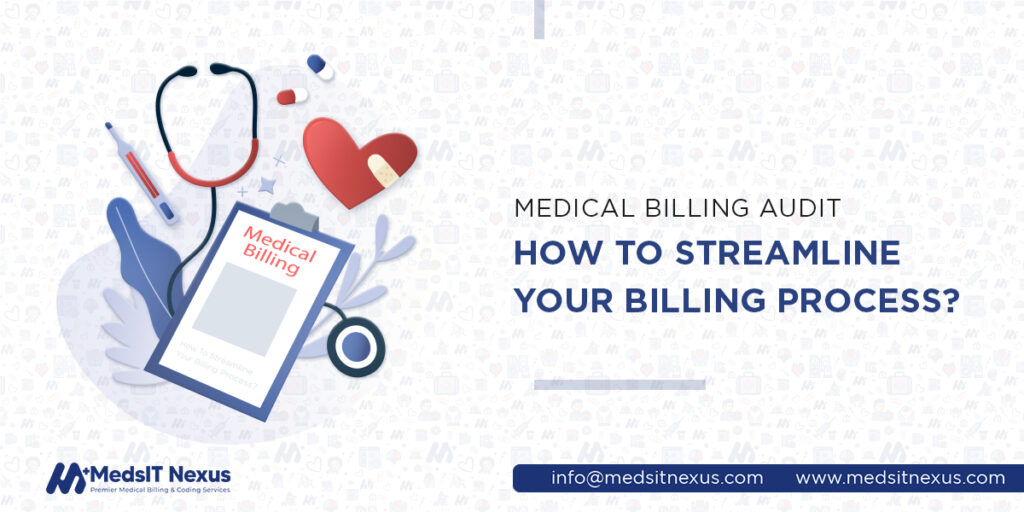Secret to Maximize Practice Revenue – 6 Proactive Medical Billing Solutions

The US healthcare system has seen great improvements in the recent past. However, in this ever-evolving
environment, the system is also faced with a rich profusion of challenges – for providers and patients
alike. There are several aspects of the healthcare reforms, like the introduction of more time-taking,
value-based compensation models, and the frequent changes of billing rules and regulations. All of these
often result in severe revenue losses for healthcare providers all over the US.
Failing to keep up with the changing medical billing rules and regulations has led to a staggering $125
billion in uncollected revenue each year. Radiologists are faced with even more difficult challenges
owing to their complex procedures and requisite billing needs.
At the same time, patient’s ability to pay their bills is also falling short. From 2009 to 2018,
patients all across the US have experienced a 150% increase in deductible costs, according to statistics
given by Commonwealth Fund Survey. Only 62% of adults are slightly confident in their ability to afford
healthcare. Additionally, the average out-of-pocket costs have increased more than 70% in the past
decade. An average family in the US spends about $6015 out-of-pocket each year.
Helping your practice over the hurdle
Although the data provides a very dubious picture of the financial health of the industry, there’s still
hope for healthcare providers. Medical practices are using a more proactive approach in their billing
procedures to mitigate the financial issues and compliance risks. By preventing such issues, healthcare
practices can go on to maximize their revenue and make sure they are rightly reimbursed.
Here we have outlined some important steps your practice can undertake for medical billing solutions:
Develop a clear collection process
Healthcare providers must have a collection process to guarantee the financial health of their practice.
By establishing a sequential approach, they can clarify all the procedures involved. This will certainly
enhance revenue cycles since all patients will always be informed about their responsibilities.
These steps are:
- Establish Clear Terms: patients must be informed about their obligations regularly. You can include texts about their responsibility to pay as part of their new patient paperwork.
- Collect patient Information: Make sure you’re collecting as much information about the patient as you can. This may include their phone number, address, workplace, email, etc. Also, ask for a photo ID at their first visit. This will help when the bill is sent to a collections agency
- Verify Address
- Get Permission To Leave Messages
- Remind Patients about Co-pays
- Verify Eligibility Regularly
- Collect Payments upfront
- Payment Options
- Letters
Manage claims appropriately
According to a recent statistic, 80% of all medical bills contain errors, which is why they are rejected. The entire cycle of submission, rejection, editing, and resubmission can take weeks, which is why healthcare providers end up waiting for months to receive their payments. To prevent this wastage in time and effort, make sure the claims are correct and complete the first time. Make sure to double-check claims for any potential errors before they are submitted.
Cut out any coding errors
Medical coders describe all the performed procedures inside the claim, with the help of standardized
codes. This helps make the claims easy to decipher and process. These codes can use ICD-10-CM, CPT, and
HCPCS level 2 classification systems.
Although this may be a standard method of describing procedures, there are still high chances of errors
occurring. The most common occurrences include mismatched codes, missing codes, or incorrect codes. They
are often caught by clearinghouses before they are highlighted as an issue. That said, there are still
some errors that are quite difficult to catch. These are the non-specific diagnosis codes and incorrect
modifiers.
Promptly handle all denied and rejected claims
It’s important to check for errors in a claim. This helps minimize the occurrences of rejections and denials. However, if they still arise, make sure they are handled as early as possible. Get in touch with the representative of the payer – they can assist with clarifying the issue with the original claim and also provide information on current claims once they are processed. This practice can expedite the claim editing process and diminish resubmission durations.
Find ways to improve
Tracking performance and keeping up with the latest healthcare regulations can help identify loopholes and subsequently aid in the implementation of new ways to address them. To bring optimum efficiency and accuracy, healthcare practices can follow these steps:
- Always track the pending accounts receivables
- Keep up to date and stay informed
- Find ways to identify problematic areas
Consider outsourcing your work to medical billing services
Healthcare practices should always take great care of their patients, follow the current trends in medicine and have the right staff management. In addition to this, they should also keep up with the most recent rules for coding standards, insurance companies, and billing rules and policies. With so much to keep up with, there’s a high chance of details slipping through the cracks. This results in rejections, denials, and underpayments that costs practices a lot of loss in time and money.
Dr. Sana Pervez, Pharm.D, CCS, CPC -
Clinical Compliance Advisor at MedsIT Nexus
Responsible for Medical and compliance review of all healthcare RCM and billing content before publication.






